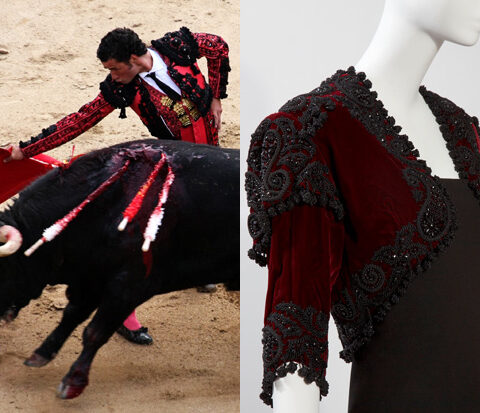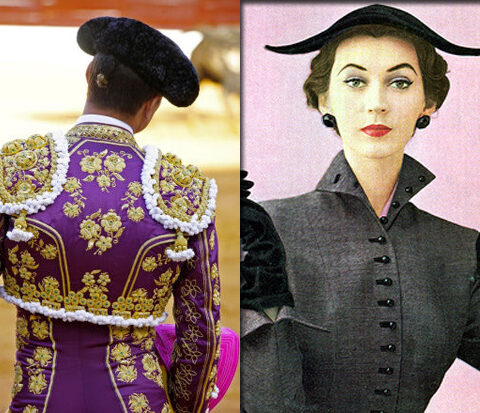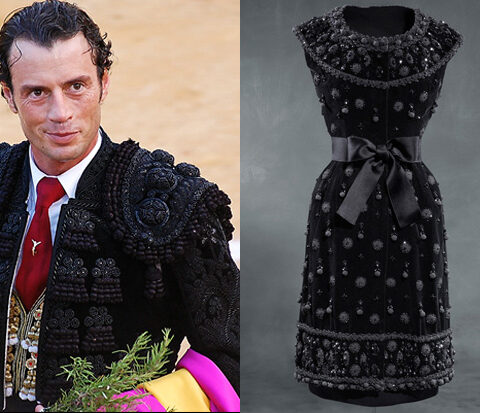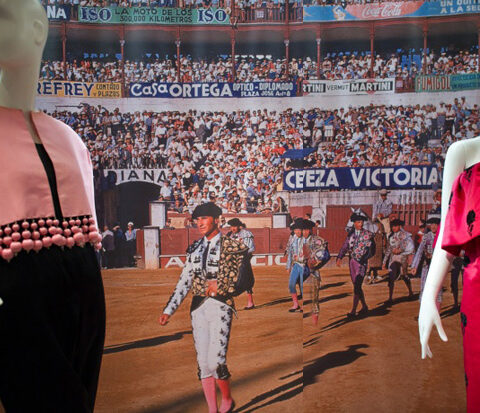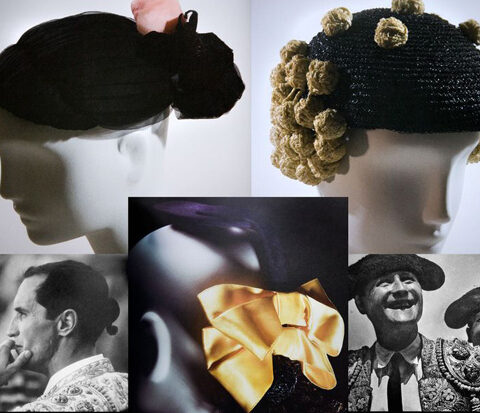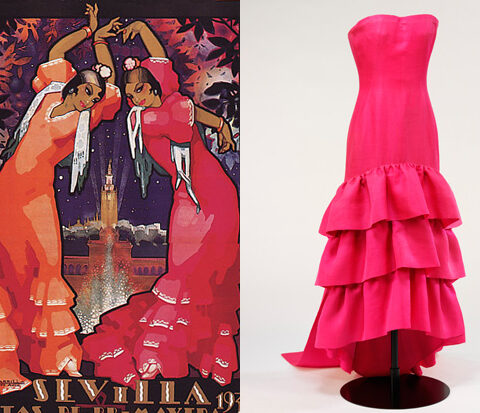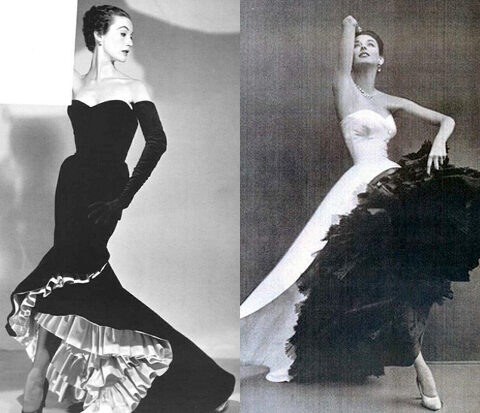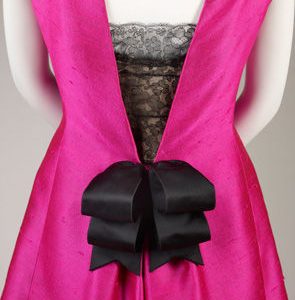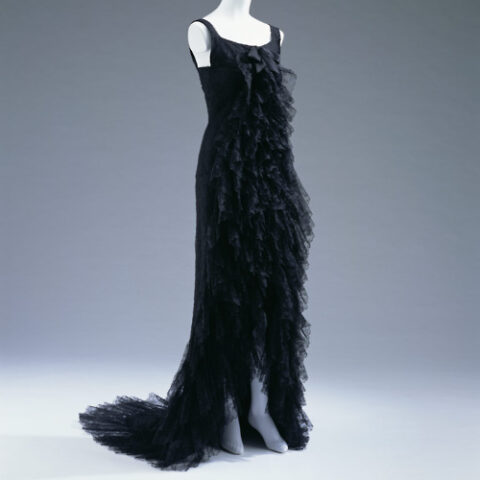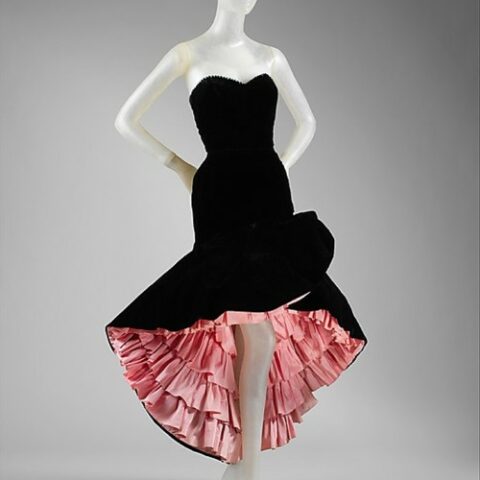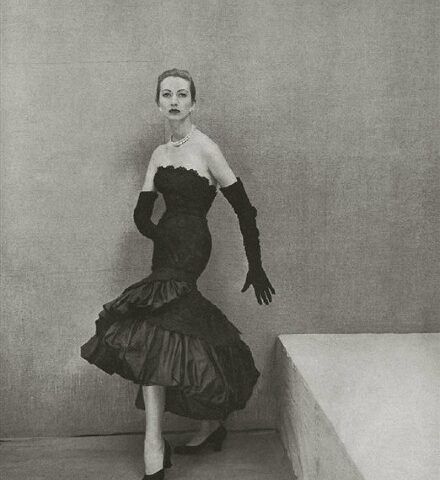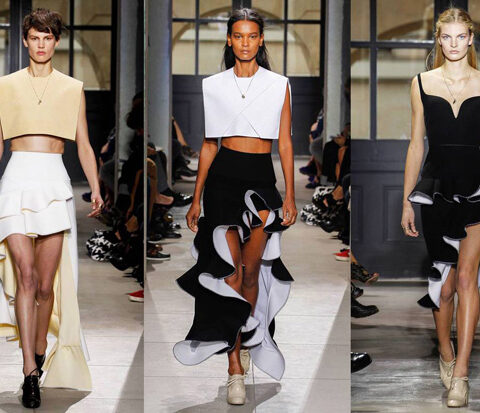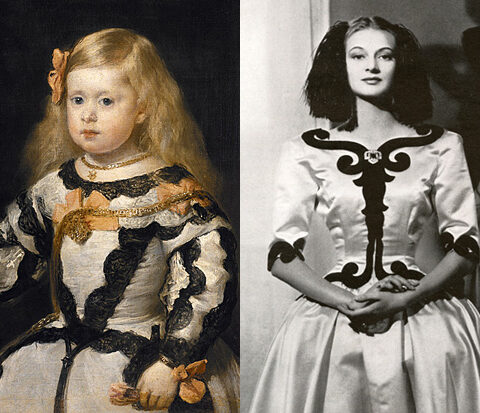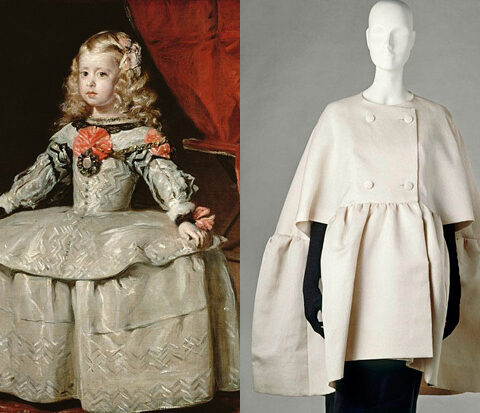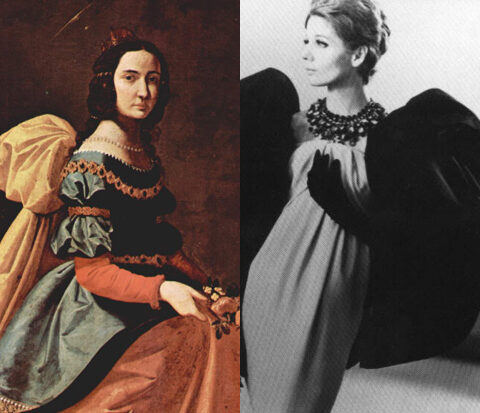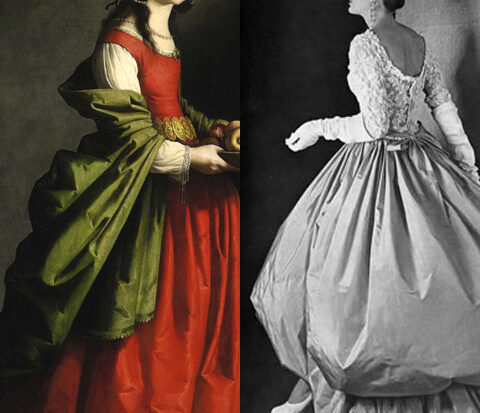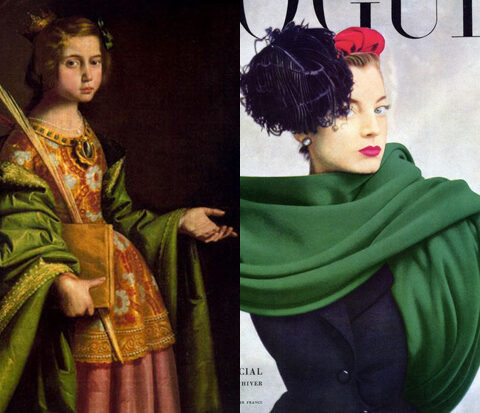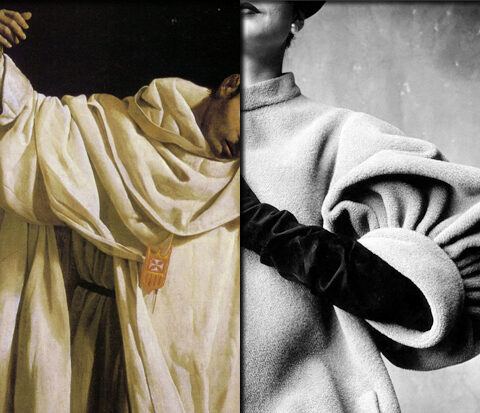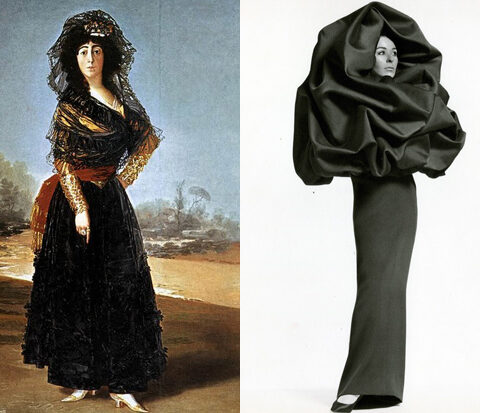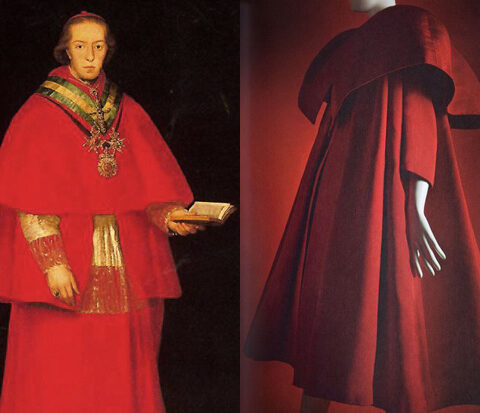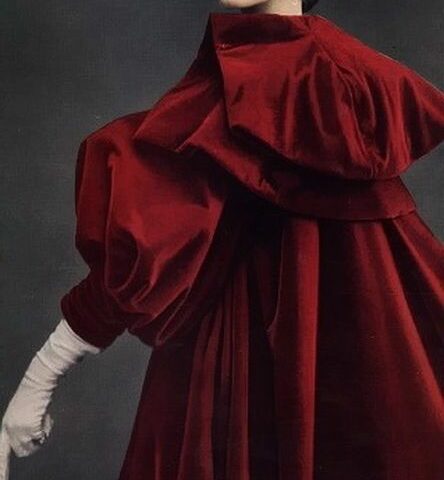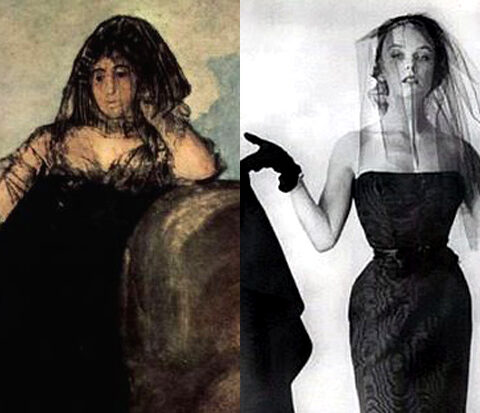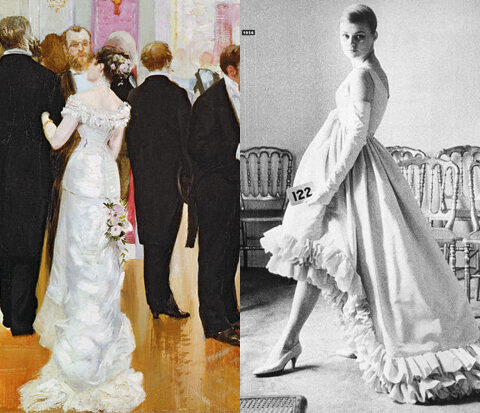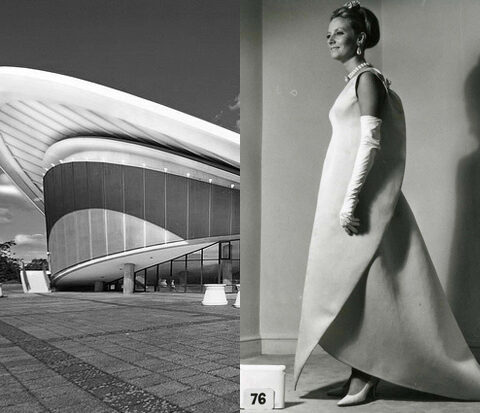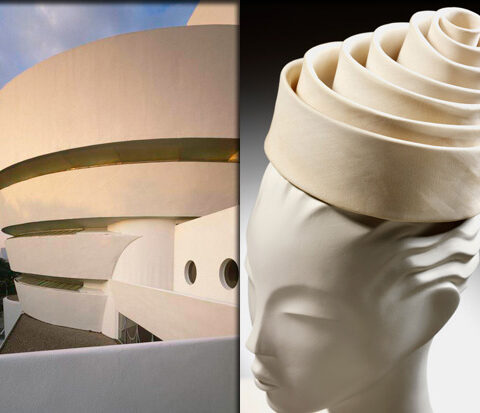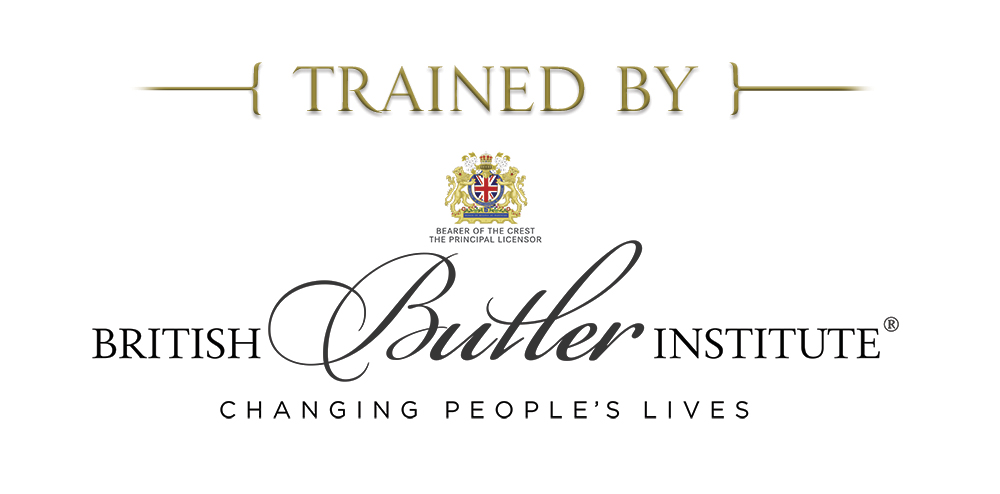For his work, Cristobal Balenciaga drew inspiration from his homeland: Spain’s popular and iconographic tradition was a constant reference for the coutourier. One big theme is related with the bullfighting, an ancient tradition that involves elaborate rituals and appropriate dressing.
The other main reference to popular culture is Flamenco, the Andalusian traditional dance. It is a constant theme throughout Balenciaga’s career, and it is bound to the use of bright pinks and black, combined with cascading frills.
Cristobal Balencia was also influenced by Baroque Spanish painting. Notably, one of his first collections presented in Paris featured the “Infanta Dress“, whose design was closely inspired by Diego Velasquez (1599-1660) famous portrait of Infanta Margherita.This, however, is only the most recognizable of his baroque-art-inspired creations. Although Velasquez was a main reference, Francisco de Zurbaran (1598-1664) a less-known painter who was among Balenciaga’s favourite artist played also a major role. We can imagine the Couturier drawing inspiration from the richely folded vests of the painter’s saints.
Other artist that influenced Balenciaga are Francisco de Goya (1746-1828), who depicted the spanish aristocracy of the late XVIII century and the impressionit Edouard Manet.
In the last years of his career, the quest for purity of shape took Balenciaga work closeto what was the most avant-guarde architecture at that time.

